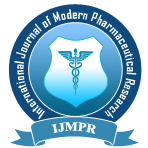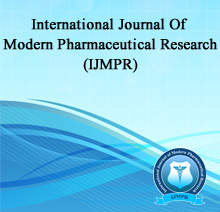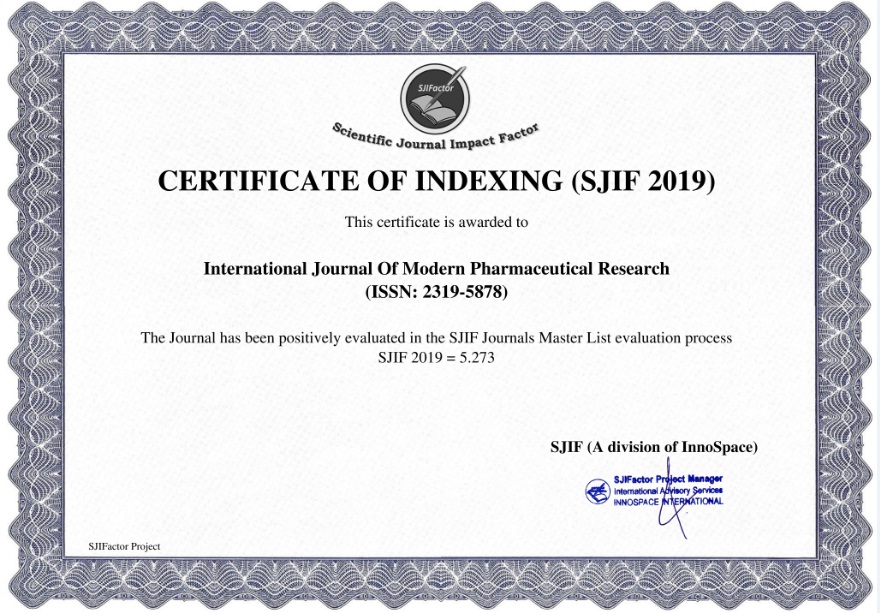CRIGLER-NAJJAR SYNDROME: A COMPREHENSIVE OVERVIEW OF CAUSES, CLINICAL FEATURES, AND MANAGEMENT APPROACHES
*V. Thasneam and Dr. K. Thirumala Naik
ABSTRACT
Crigler-Najjar Syndrome (CNS) is a very rare autosomal recessive disorder. It is due to deficiency of the hepatic enzyme, uridine 5-diphosphate glucuronosyltransferase (UGT1A1), responsible for the conjugation of bilirubin, which leads to its accumulation in blood in the form of unconjugated. This condition often exhibit symptom like jaundice, and if not treated, may lead to severe neurological damage with the probability of kernicterus. The syndrome has two types, namely Type I, which has a complete enzyme deficiency and has a high risk of death in infancy, and Type II, which has partial enzyme activity and is less severe, allowing for survival despite persistent jaundice and pruritus. CNS is caused by mutations in the UGT1A1 gene located on chromosome 2q37. It has a rare incidence rate at an incidence rate of approximately 0.6 to 1 in 1 million live births. Genetic testing along with clinical evaluations establish a diagnosis of this disease. Main aims of treatments include decreasing levels of bilirubin as well as avoidance of neurological injuries. These involve the administration of phototherapy which further aids in degrading extra bilirubin produced, along with phenobarbitol used for boosting activity of UGT1A1. For severe cases, liver transplantation is considered the most effective treatment. Gene therapies also is another exciting area of study that might ensure a life-time cure as a result of gene replacement causing the disorder. Prompt diagnosis and management are key steps to an optimistic prognosis and enhancing the quality of life of these patients with Crigler-Najjar Syndrome.
[Full Text Article] [Certificate Download]


